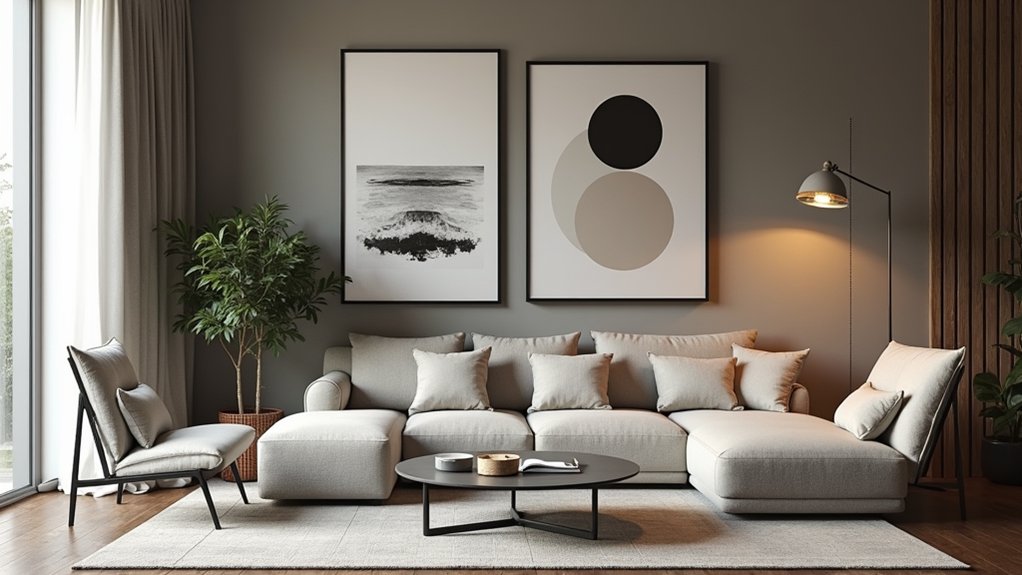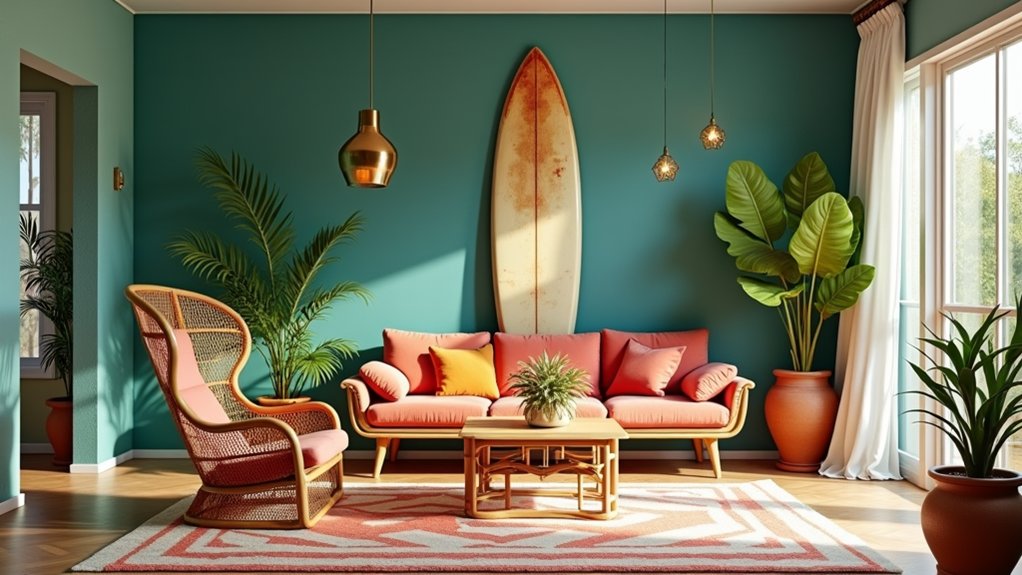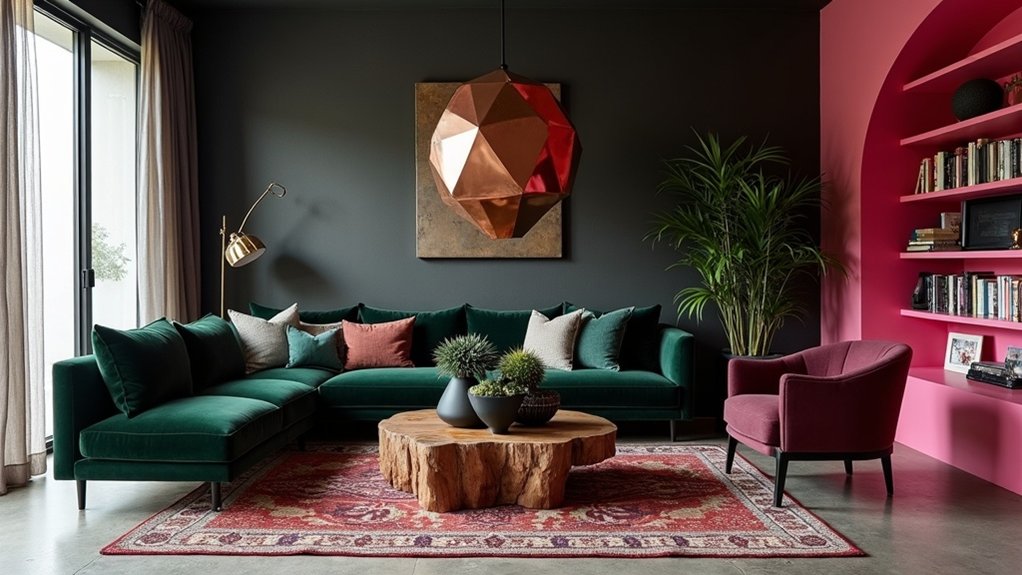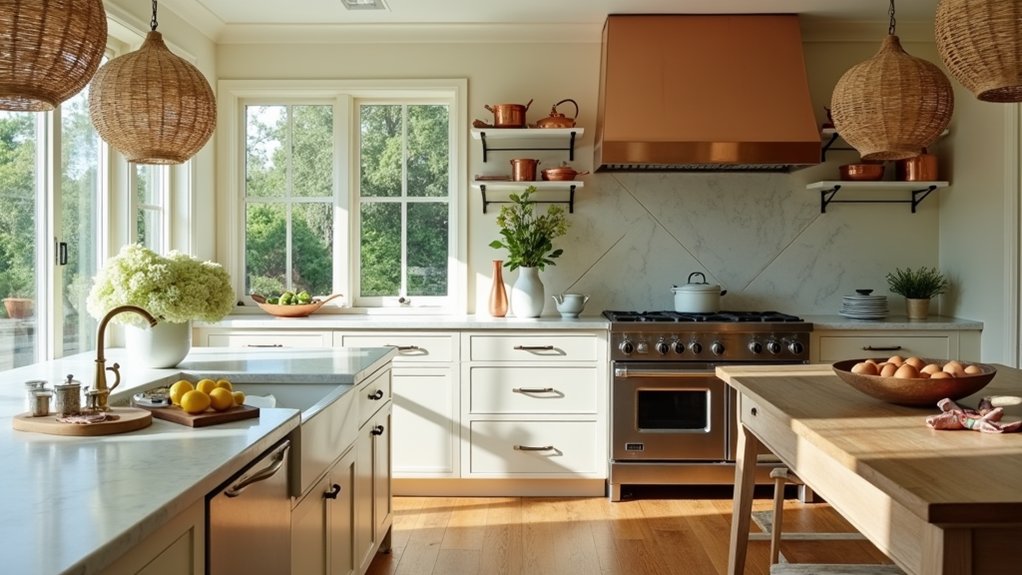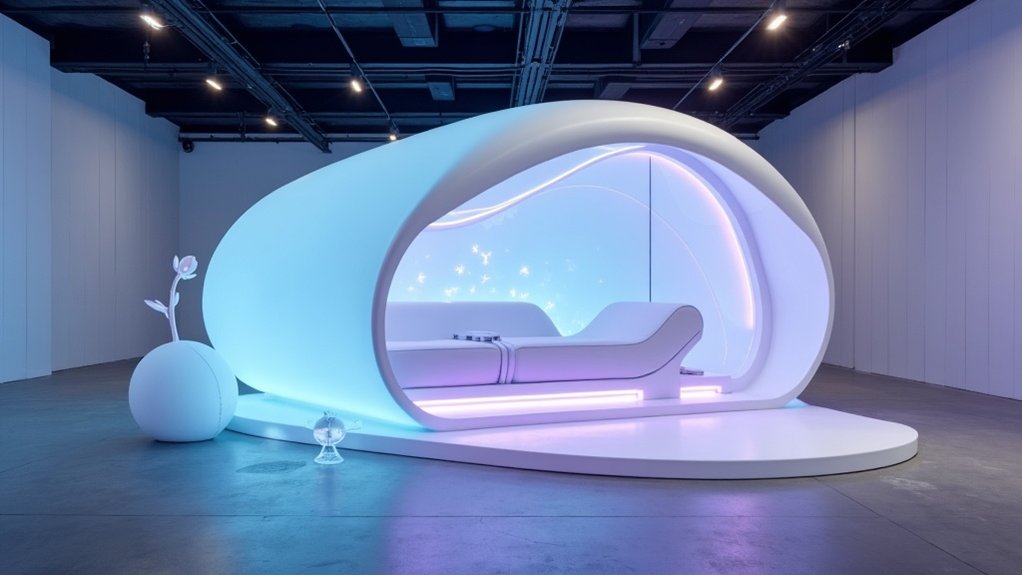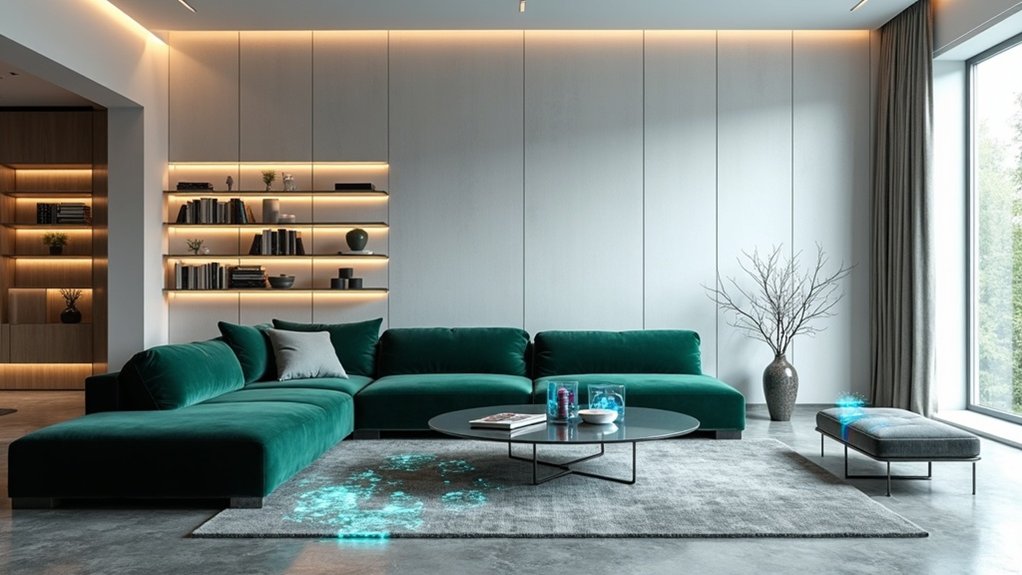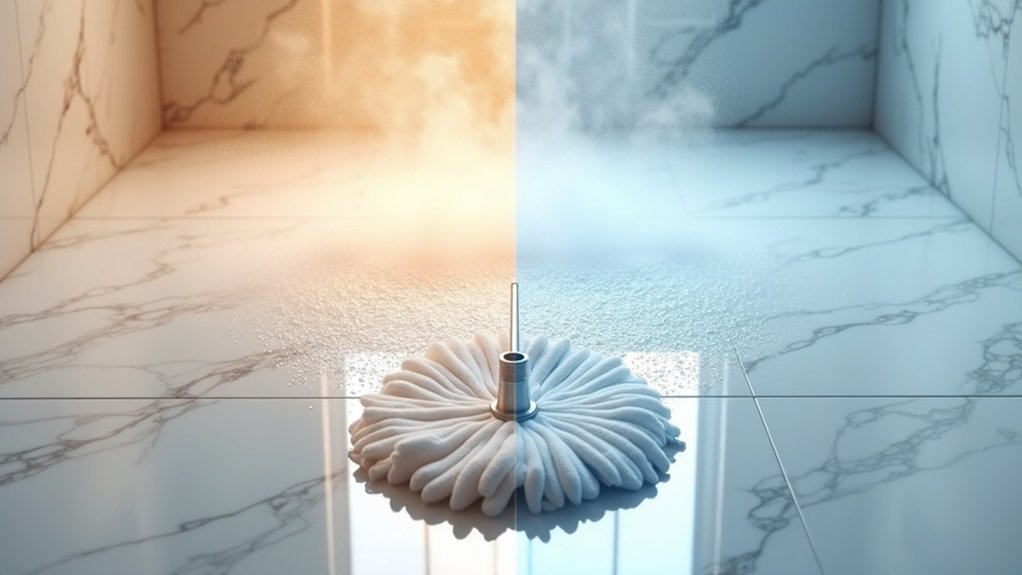The interior design environment of 2025 reveals a fascinating convergence of contrasting aesthetics, where minimalist serenity meets maximalist expression, and sustainability intertwines with luxury. The enduring Japandi style continues to enthrall designers by blending Scandinavian functionality with Japanese minimalism, creating serene spaces through natural materials, neutral palettes, and warm lighting that promote overall well-being.
In a notable shift, bold colors are making a triumphant return, challenging the longtime dominance of neutral tones. The modern approach to wall treatments has evolved beyond accent walls, with designers now favoring color drenching that extends a single hue across walls, baseboards, and ceilings. Designers are increasingly drawing inspiration from outdoor environments, incorporating earth-inspired hues and statement colors that allow homeowners to express their distinct personalities. This renaissance of color coincides with a texture revolution, where walls and ceilings showcase dimensional elements through natural stone, clay, and ceramic materials. Decorative plaster is becoming increasingly popular for adding depth and visual interest to formerly flat surfaces.
The wellness-focused design movement has transformed from a luxury into a necessity, with real estate listings showing a 35% increase in "cozy" mentions compared to the previous year. Homes now regularly feature dedicated spaces for mental and physical well-being, while design choices prioritize comfort and comprehensive health throughout the living environment.
Wellness in design has evolved beyond luxury, becoming essential to modern living spaces that nurture both body and mind.
Sustainability has become a defining factor in interior design, with 43% of designers reporting mandatory sustainability components in their 2025 projects. This shift extends beyond energy-efficient features to encompass furniture selection and manufacturing processes, as consumers demonstrate increasing awareness of environmental impact and product longevity.
The maximalist revival serves as a bold counterpoint to minimalist trends, embracing pattern mixing and experimental forms while incorporating handmade items and found objects that tell stories. This approach aligns with the emergence of "quiet luxury," where high-end design focuses on comfort, quality, and sustainable materials rather than ostentation.
Show-stopping appliances and multifunctional furniture pieces exemplify this new definition of luxury, combining practicality with sophisticated style. These evolving trends reflect a deeper understanding of how interior spaces can support both personal expression and environmental responsibility while maintaining aesthetic appeal.
